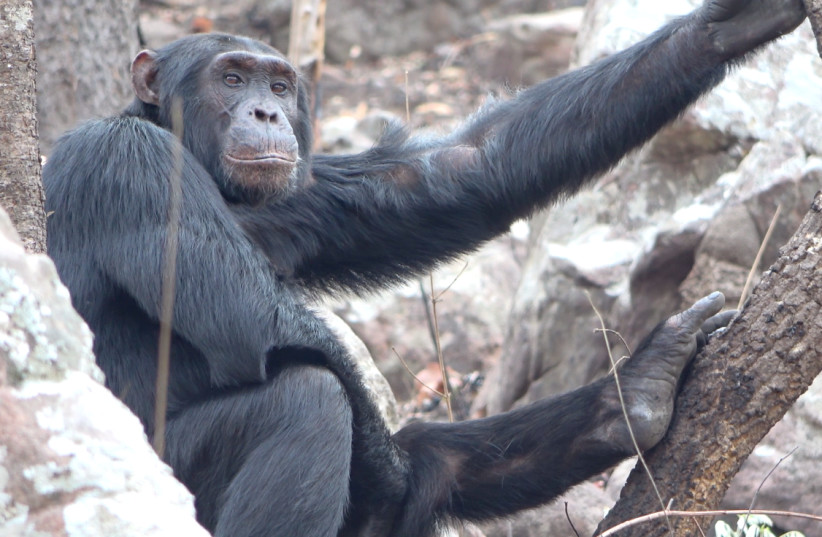Evolutionary biologists have long assumed that early humans developed bipedalism - the ability to walk upright on two feet- as a result of transitioning to living in less dense woodland areas in the late Miocene and early Pliocene epochs, approximately 5.3 million years ago.
However, the results of a recent peer-reviewed study indicate otherwise. Instead, the findings indicate that bipedalism likely developed while our earliest ancestors were still high in the trees and that they remained essential throughout the evolutionary process.
“Our study suggests that the retreat of forests in the late Miocene-Pliocene era around five million years ago and the more open savanna habitats were in fact not a catalyst for the evolution of bipedalism," explains study co-author Dr. Alex Piel of UCL. "Instead, trees probably remained essential to its evolution – with the search for food-producing trees a likely a driver of this trait.”
Produced by researchers at the University of Kent and University College London (UCL) in the UK as well as Duke University in the US, the study examines over 10,000 behavioral observations from 13 adult chimpanzees - the human's closest extant relative - over the course of 15 months.
They then narrowed down their observations to just locomotor events- climbing, walking, hanging, etc.- and looked for patterns to establish a relationship between different methods of movement and the type of location in which the movement takes place.
"To date," said study co-author Dr. Fiona Steward of UCL, "the numerous hypotheses for the evolution of bipedalism share the idea that hominins (human ancestors) came down from the trees and walked upright on the ground, especially in more arid, open habitats that lacked tree cover. Our data do not support that at all."
What is so special about bipedalism?
Obligatory terrestrial bipedalism- the necessity of walking on two feet- is a defining trait of human beings as a species.
"To date, the numerous hypotheses for the evolution of bipedalism share the idea that hominins (human ancestors) came down from the trees and walked upright on the ground, especially in more arid, open habitats that lacked tree cover. Our data do not support that at all."
Dr. Fiona Steward
The common shared ancestor of humans and chimpanzees most likely lived in savanna-mosaic habitats, also called savanna-woodland. Unlike the tropical forests that today's apes live in, savanna-mosaic regions have relatively low tree density and large stretches of treeless dry landscape. Food sources are less universally available than in rainforests and there is a greater threat from predators in the open space.
Until now, researchers believed that the earliest human ancestor split off from his ancestors and began to develop independently from chimpanzees due to his venture into sparse habitats, where he could no longer move freely from tree to tree.
However, taking a close look at the behavior of chimpanzees in the Issa Valy in western Tanzania, a savanna-mosaic habitat, scientists found that the subjects spent the same amount of time in the trees as their tropical counterparts living in dense forests. What is more, they found that the vast majority of Issa chimpanzees' instances of walking upright took place in trees.
“We naturally assumed that because Issa has fewer trees than typical tropical forests, where most chimpanzees live, we would see individuals more often on the ground than in the trees," said Dr. Piel. "Moreover, because so many of the traditional drivers of bipedalism (such as carrying objects or seeing over tall grass, for example) are associated with being on the ground, we thought we’d naturally see more bipedalism here as well. However, this is not what we found."
“Unfortunately," concluded Dr. Stewart, "the traditional idea of fewer trees equals more terrestriality (land-dwelling) just isn’t borne out with the Issa data. What we need to focus on now is how and why these chimpanzees spend so much time in the trees - and that is what we’ll focus on next on our way to piecing together this complex evolutionary puzzle.”

